When Music Becomes an Experience
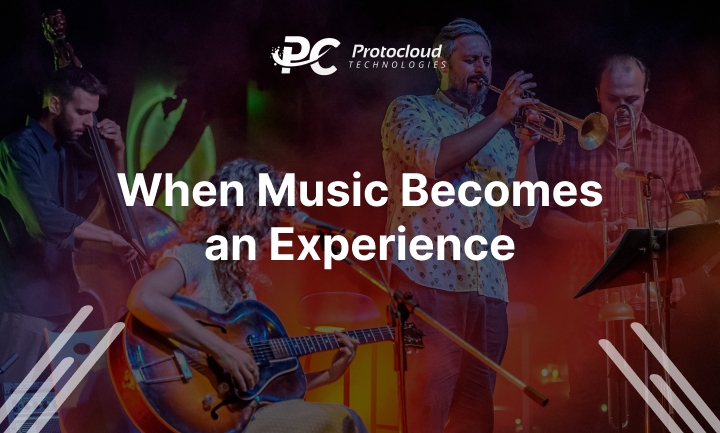
Music never was just sound. It’s feeling, association, and imagination. Now imagine entering into the music – seeing color, lights, and motion occurring around you in harmony with every beat. That’s what is happening in the metaverse these days.
We’re entering an era where digital performances aren’t just streamed – they’re experienced. Artists can play in massive virtual arenas surrounded by surreal visuals that move in perfect sync with their songs. The technology that makes this magic happen is called a music visualizer, and it’s quickly becoming one of the most exciting tools in digital entertainment.
The metaverse is changing the way we experience sound, marrying music, design, and interactivity in ways previously unknown. Let’s dive in and see how it works – and why it might be the future of live shows.
So, What Is Music Visualization, Exactly?
In simple terms, music visualization converts sound into movement and color. It’s the technology that converts beats and melodies into flowing lines, pulsating light, or full 3D universes.
Traditional music visualizers like those we would receive in older media players were cool, but basic. The metaverse took that very same idea and drove it out to full-blow immersive art. You might be able to walk through sound waves, watch frequencies coalesce into particles, or dance with visuals that responded to your motion.
Modern visualizers do this through:
- Real-time audio analysis – capturing rhythm, frequency, and volume changes
- 3D rendering engines like Unreal or Unity
- VR and AR integration, making the experience fully immersive
- Cloud-based performance that lets thousands join at once without lag
It’s no longer just about watching music move – it’s about being inside it.
Why the Metaverse Is a Game Changer
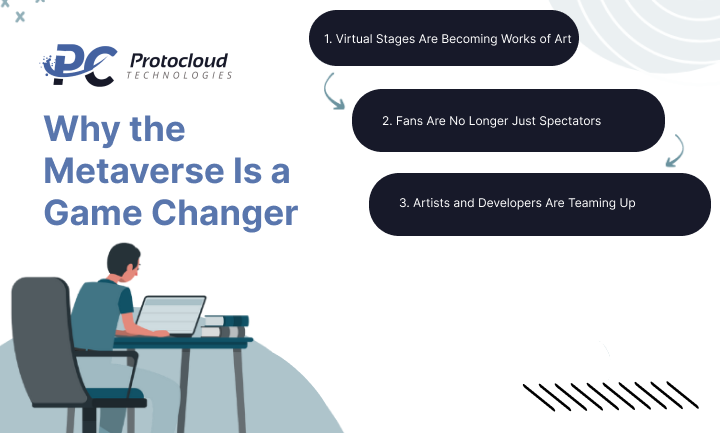
Before the metaverse, digital concerts felt… distant. You could stream a show or join a virtual event, but it was still you sitting behind a screen. Now, virtual worlds are letting people actually step into the performance.
1. Virtual Stages Are Becoming Works of Art
Imagine your favorite DJ performing on a floating stage above a neon city, with lights and colors that pulse to the bass. The stage shifts shape with every drop, the sky reacts to tempo changes, and the crowd – made up of avatars – moves as one.
That’s what the metaverse makes possible. It’s not just about music; it’s about building worlds that feel alive with it.
2. Fans Are No Longer Just Spectators
In the metaverse, the audience isn’t limited to watching – they can interact. Fans can vote on visual effects, trigger light shows, or even remix parts of a song live.
That interactivity changes everything. It gives fans a creative voice and makes performances more personal, immersive, and memorable.
3. Artists and Developers Are Teaming Up
A successful metaverse concert is like a mini tech production. Artists bring creativity, and developers bring the code that makes it happen – audio-reactive visuals, dynamic lighting, and seamless 3D design.
It’s a collaboration that’s blending art and technology in ways that redefine live entertainment.
The Tech Behind the Magic
1. Real-Time 3D Engines
Game engines like Unity and Unreal power most metaverse performances. They process sound data instantly, syncing movement, lighting, and textures with live beats. When a drum hits, a ripple of color might sweep across the sky in real time.
2. Spatial Audio and Touch Feedback
Immersive sound isn’t just about hearing – it’s about feeling. Tools like Dolby Atmos and haptic feedback systems let fans sense the rhythm in their hands or feel bass vibrations through their VR gear.
It’s all about deepening the emotional connection. You don’t just listen – you live the music.
3. Blockchain and NFTs
Blockchain is adding an entirely new layer to digital performance. Artists can sell NFTs tied to exclusive moments – like a one-of-a-kind visual from a show or a custom 3D sound world. Fans can own part of that experience, while artists gain a new revenue stream without middlemen.
Real Examples of Metaverse Performances
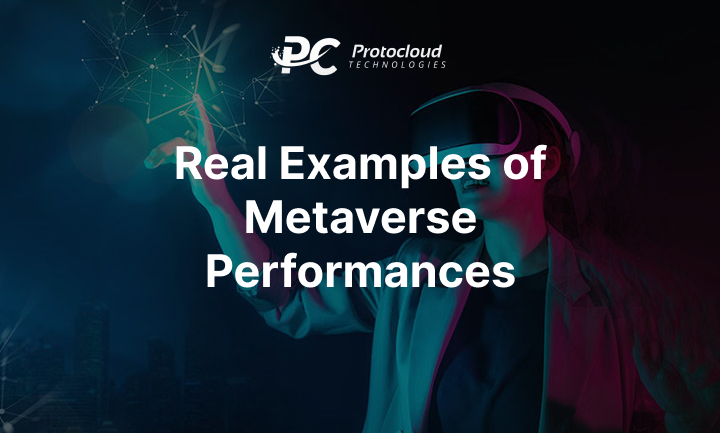
Travis Scott in Fortnite
When Travis Scott performed inside Fortnite, over 12 million fans showed up. The visuals were otherworldly – giant avatars, exploding galaxies, floating stages – all synced perfectly to the music.
It was not just a simple concert; it was a cultural moment.
The Weeknd and WaveXR
WaveXR collaborated with The Weeknd to create a live, reactive concert in the metaverse. Every sound wave triggered color changes, particle effects, and lighting sequences that evolved throughout the show.
Fans weren’t watching a screen – they were part of a living, breathing world built from music.
Independent Artists in Decentraland
Even indie artists are joining the movement. Platforms like Decentraland and The Sandbox are giving musicians the tools to host their own interactive concerts, complete with 3D music visualizers and NFT ticketing systems.
It’s democratizing digital performance – no label required.
How Developers Can Get Involved
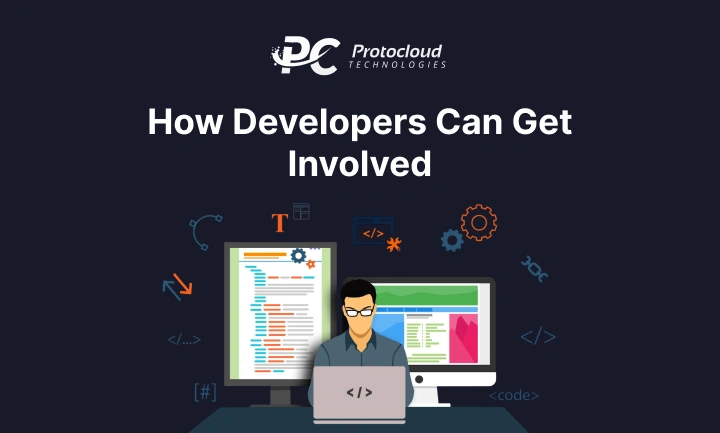
Developers are the hidden heroes of this new wave of creativity. If you’re in tech, you don’t have to be a musician to play a role – you just need curiosity and imagination.
Here’s where you can contribute:
- Build visualization plug-ins using WebGL, OpenGL, or Unity’s audio systems
- Use AI to analyze emotion in music, creating visuals that react to mood
- Experiment with shaders that evolve with sound frequencies
- Design interactivity tools that let audiences control elements of the performance
According to MarketsandMarkets, the global metaverse market could hit $507.8 billion by 2030, and immersive media experiences will drive much of that growth. Developers who understand this intersection of sound, data, and design will be in high demand.
Why This Matters
Music visualization is more than a gimmick – it’s a shift in how we experience creativity. It blends technology, emotion, and art into something completely new.
As VR and AR headsets become more accessible, and as real-time rendering tech continues to evolve, performances in the metaverse will only get more intricate, personal, and emotional.
The beauty of this movement is that it doesn’t replace traditional concerts – it expands them. It offers a digital canvas where imagination has no ceiling.
Conclusion: The Future Sounds (and Looks) Amazing
We’ve come a long way from old-school desktop visualizers. Today’s metaverse experiences transform music into worlds you can walk through, touch, and even help create.
The music visualizer has become a storytelling engine – one that lets artists paint with sound, developers sculpt with code, and fans participate in a shared sensory experience.

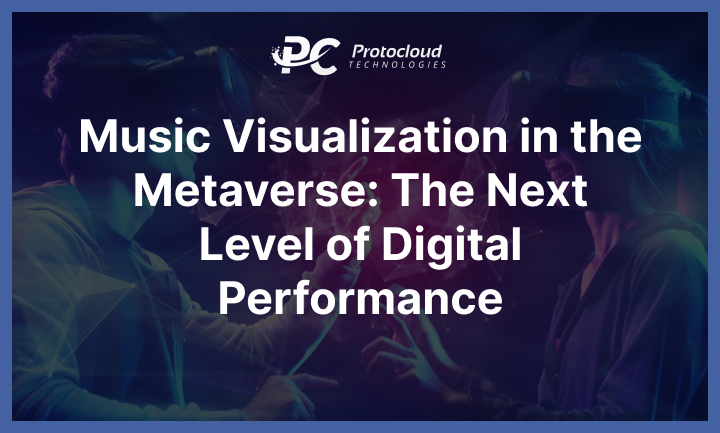

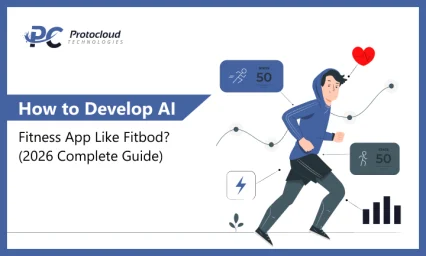
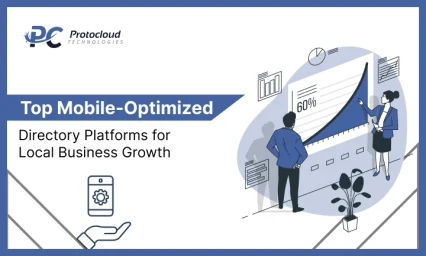
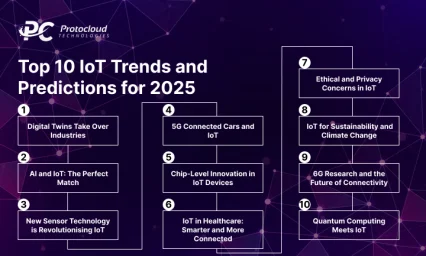


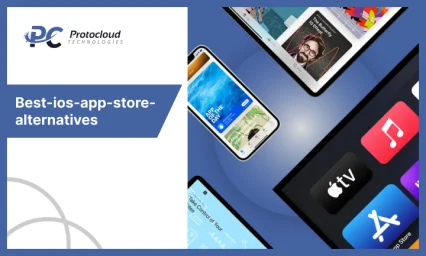
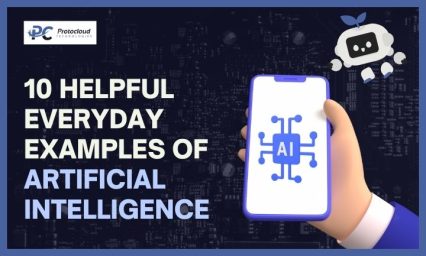
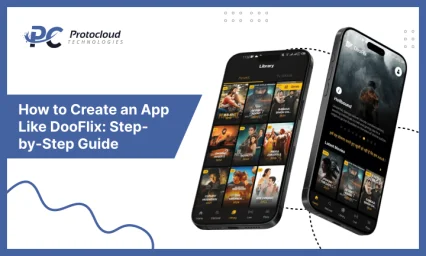
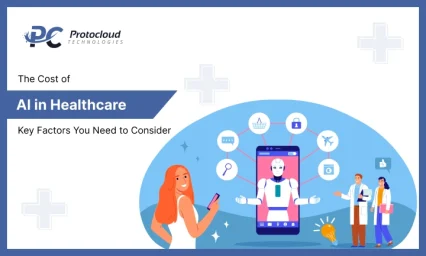
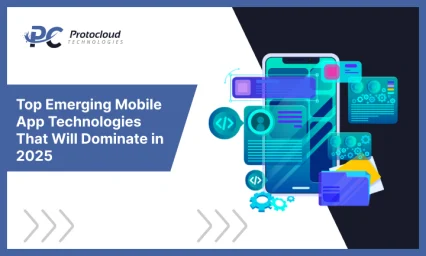
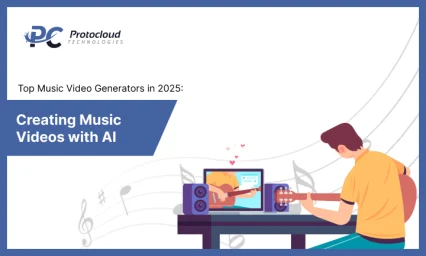
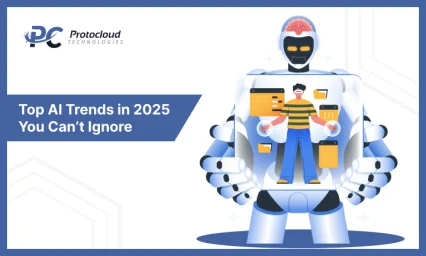
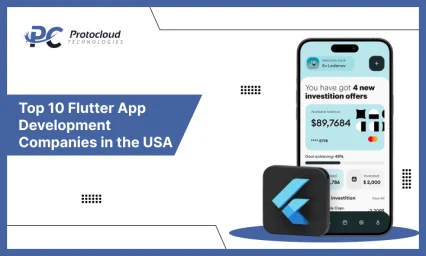
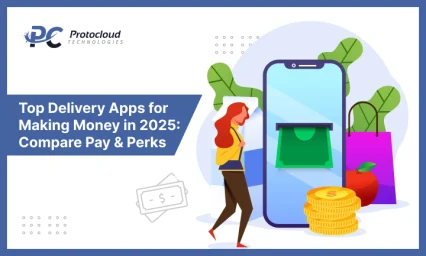
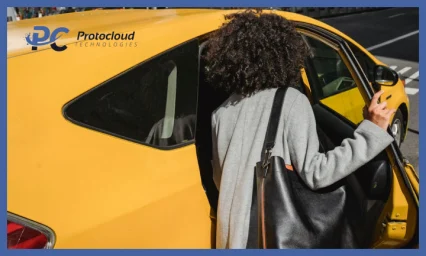
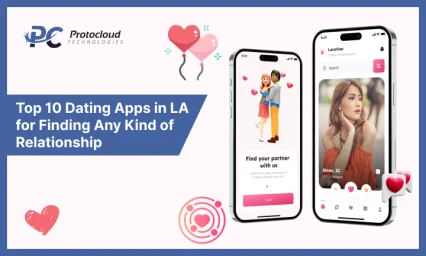
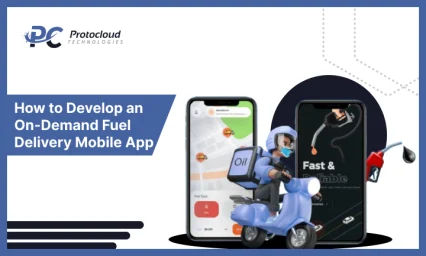
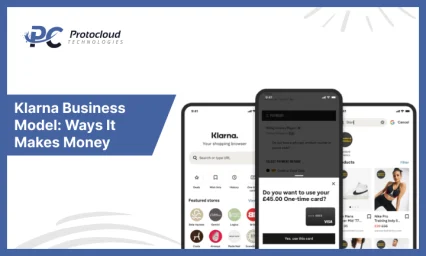

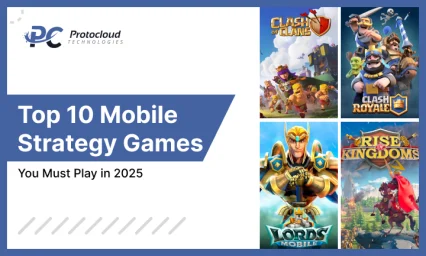
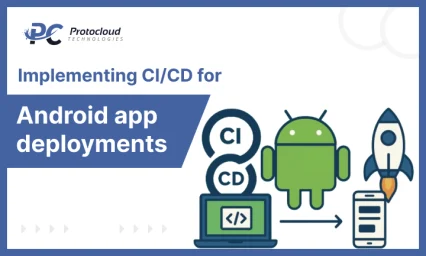


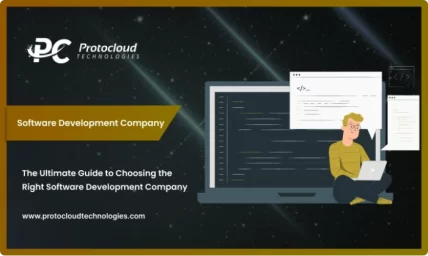

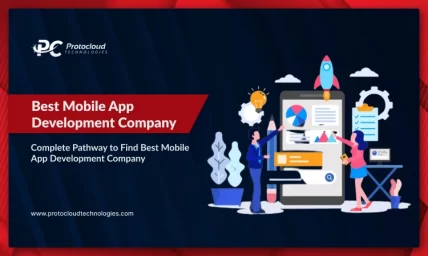
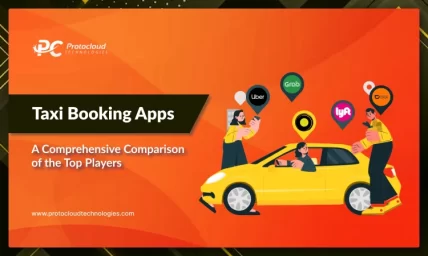
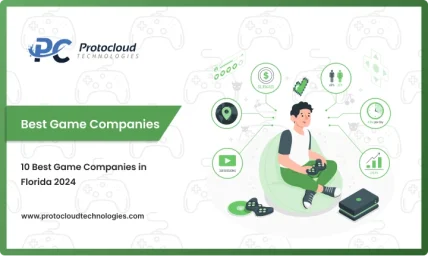
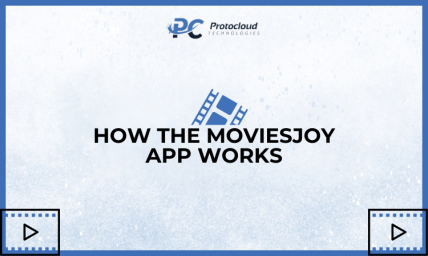
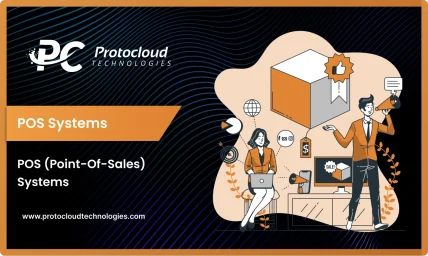

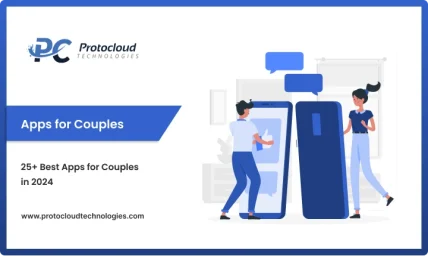
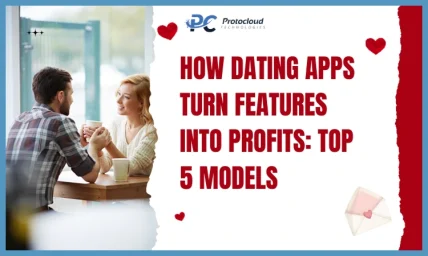
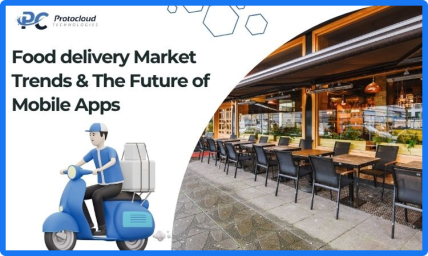
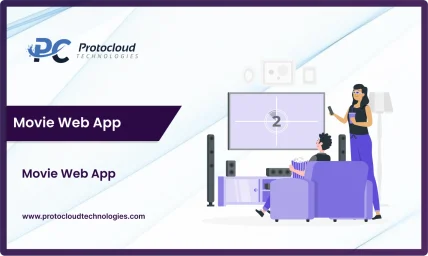




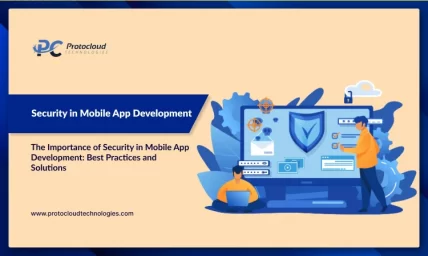
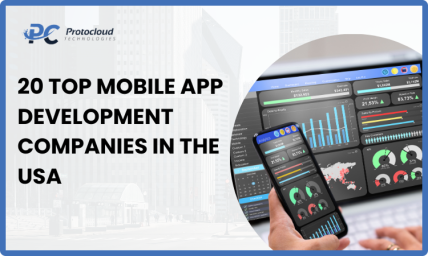
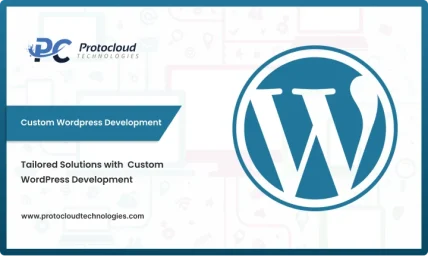

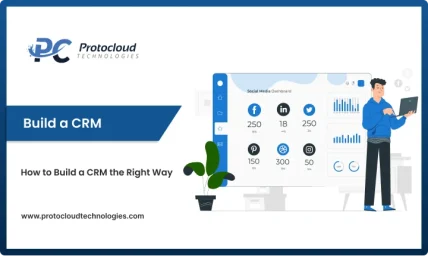

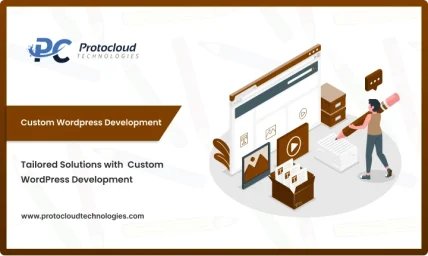
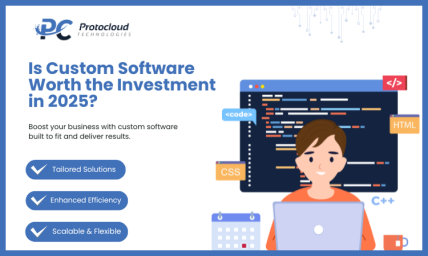
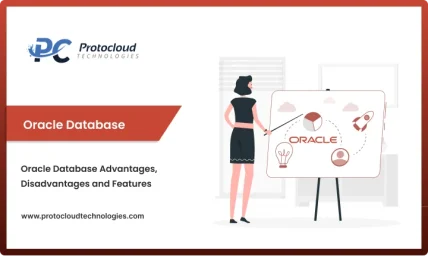
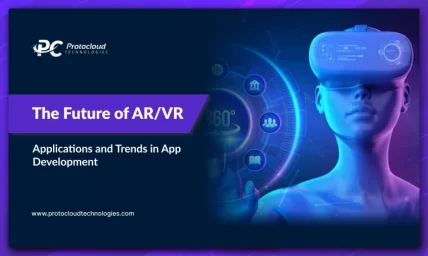
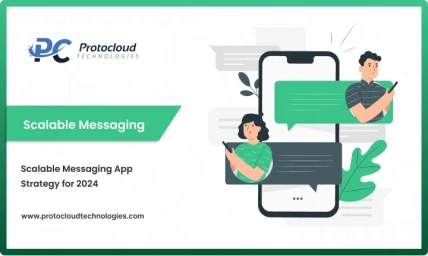
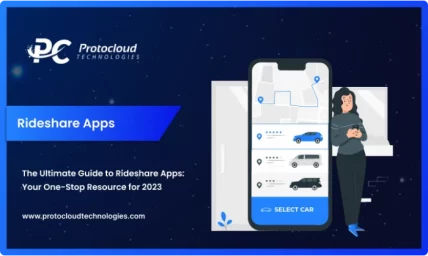
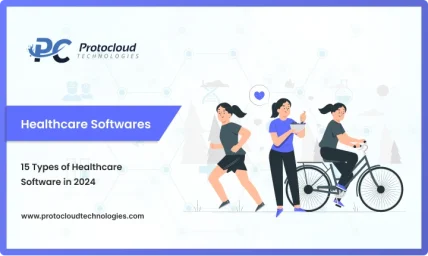
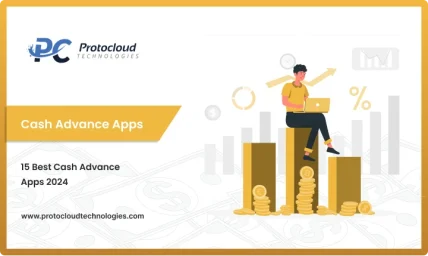

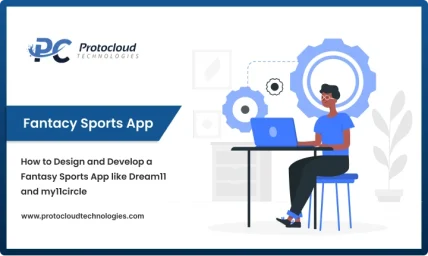
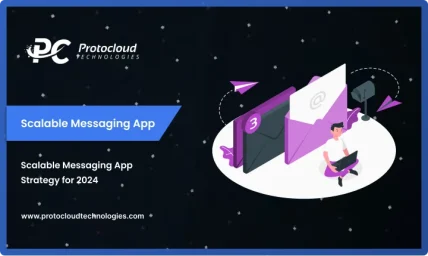

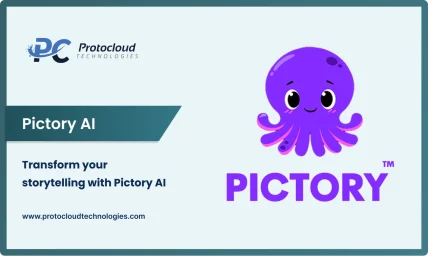
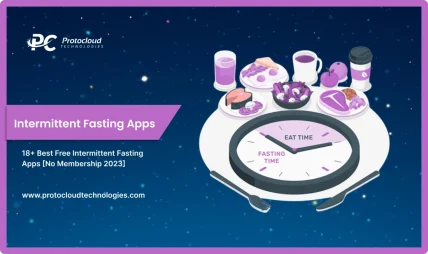
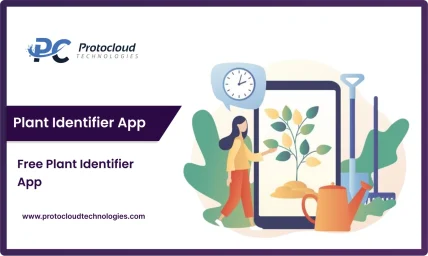
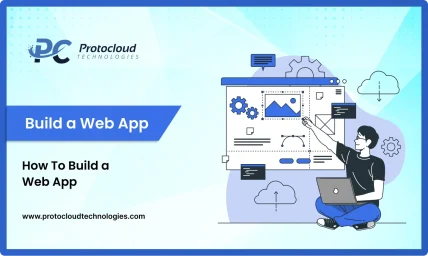

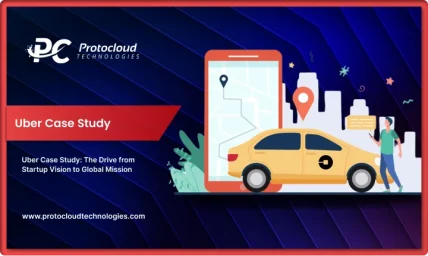
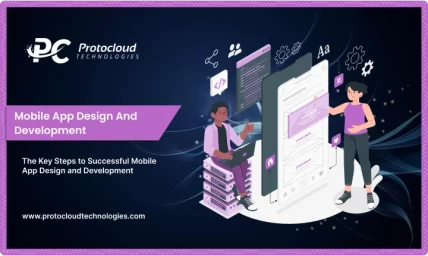
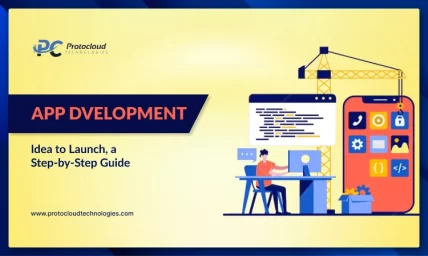
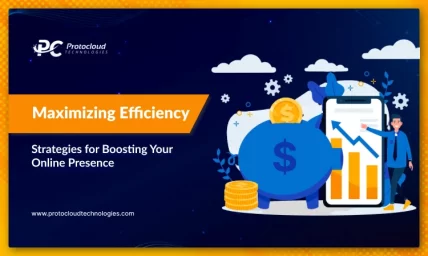
Leave a Reply